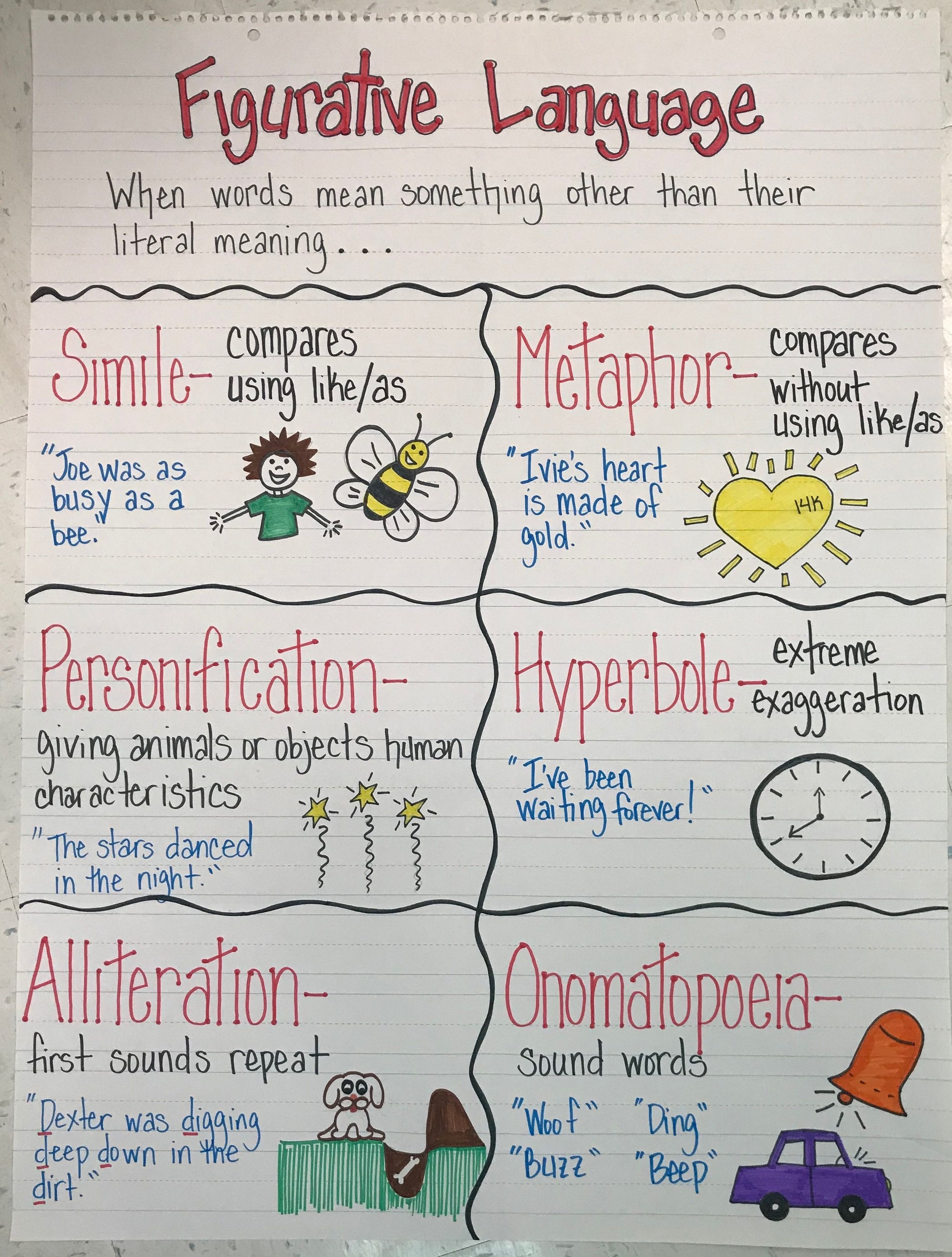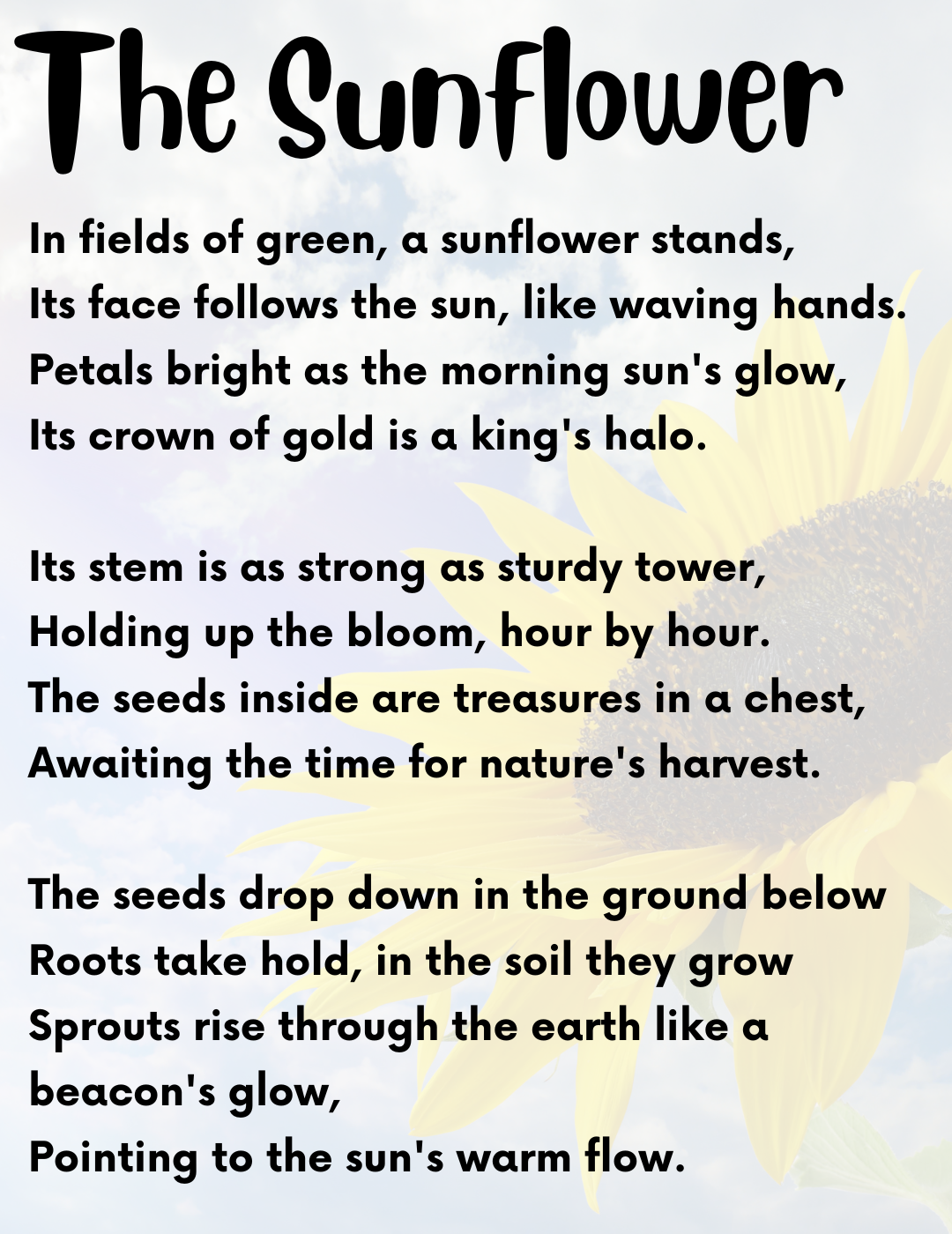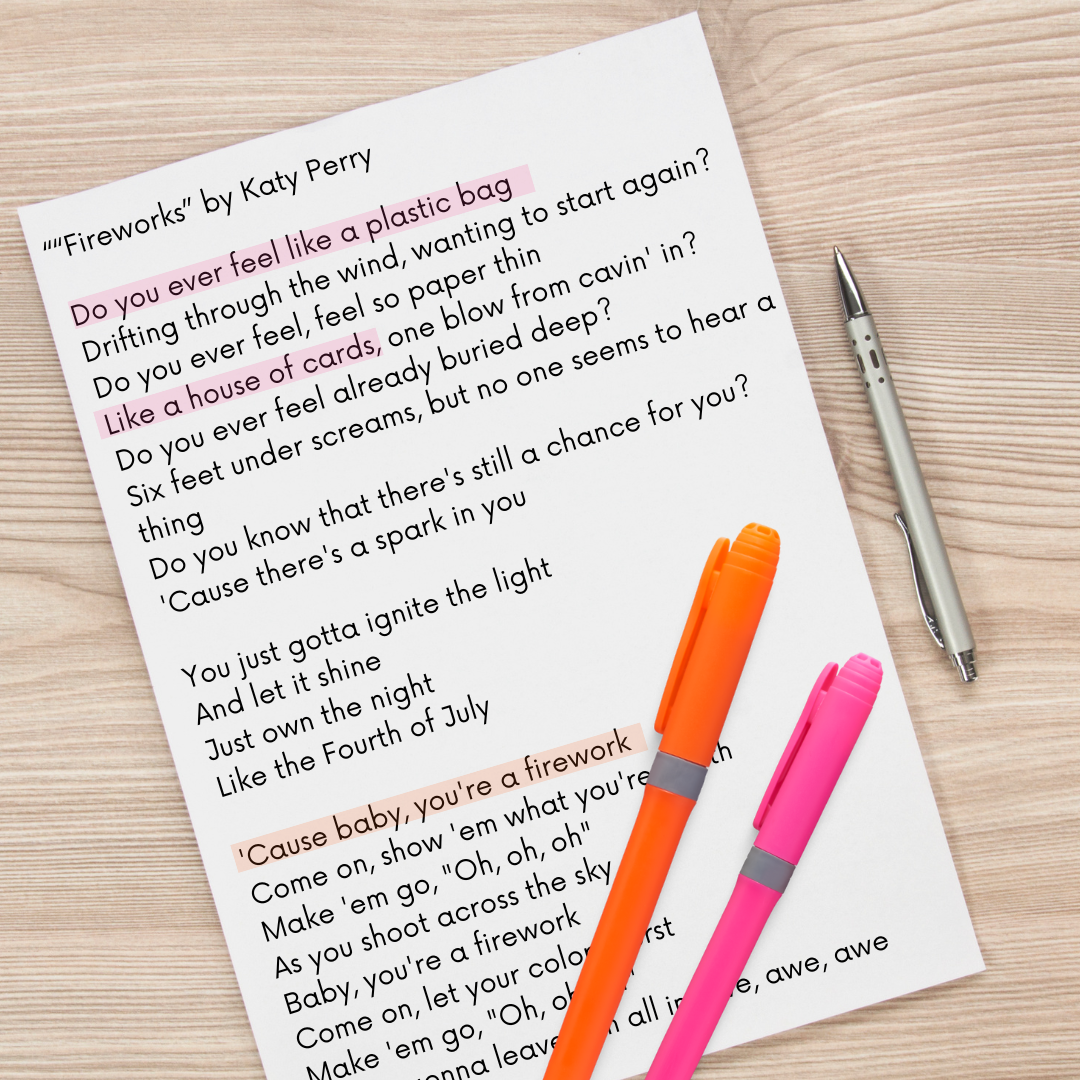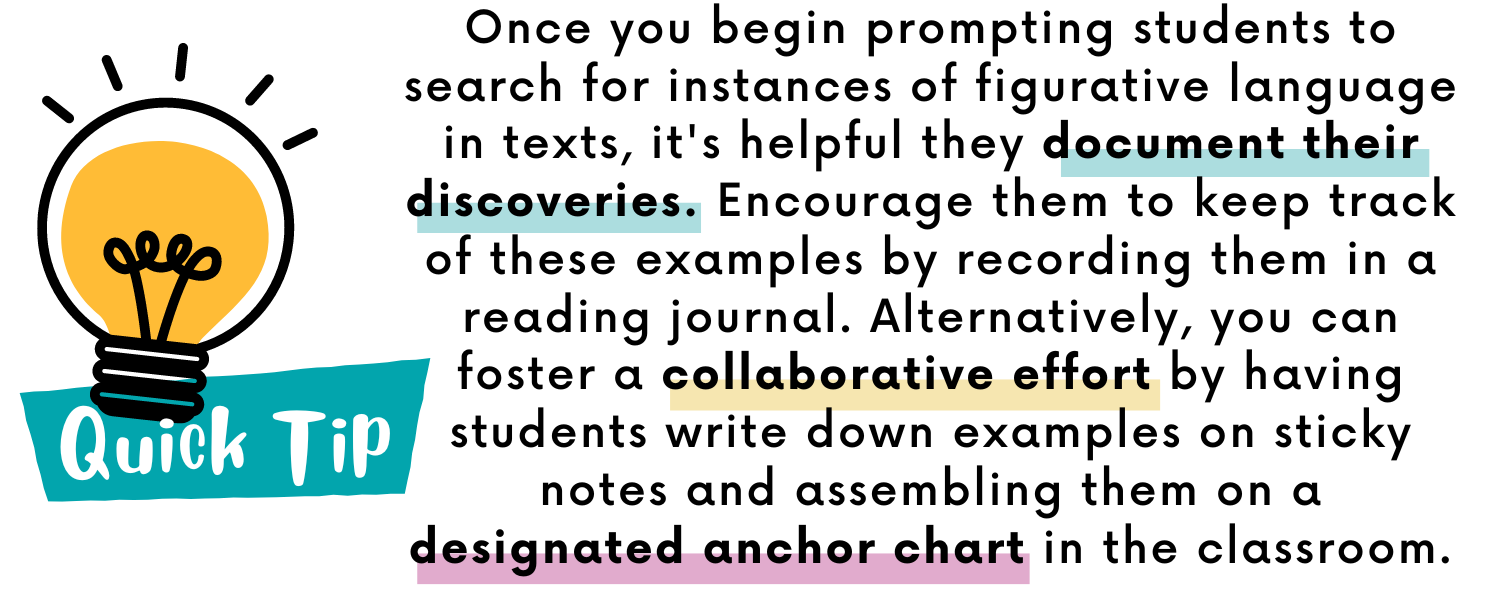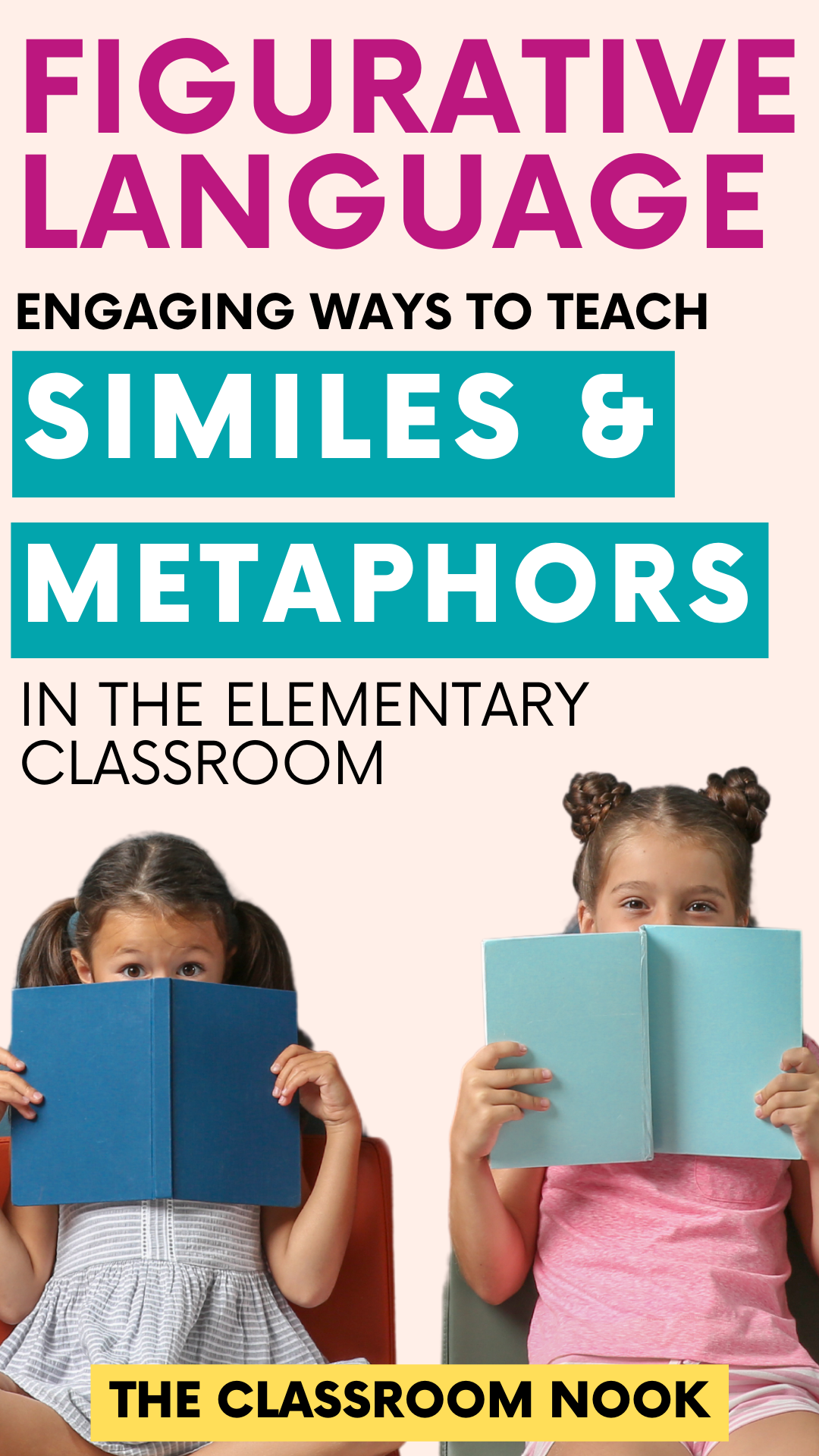How to Teach Similes and Metaphors Effectively: Your Guide to Lesson Plan Ideas & Interactive Activities for Every Elementary Classroom
Introducing upper elementary students to the wonders of figurative language offers an exciting opportunity to enhance their reading and writing abilities while sparking their imaginations.
Understanding figurative language is like unlocking a secret code to the richness of communication. It's not just about decoding words; it's about comprehending the layers of meaning hidden beneath the surface. When students grasp similes and metaphors, they gain the ability to express themselves with depth and nuance, painting vivid pictures with words. Beyond the confines of the classroom, this skill empowers them to navigate the complexities of literature, art, and even everyday conversations.
Although we encounter various types of figurative language in our reading, writing, and speaking, it's crucial to teach each type separately to students. This approach ensures that they fully comprehend each concept before they start using them independently. By isolating each type of figurative language, educators provide students with the necessary foundation to grasp the nuances of each form and gradually incorporate them into their own communication.
We will begin with similes and metaphors. In this post, I want to lay out a step-by-step process for introducing similes and metaphors to your students in a fun and engaging way!
We’ll continue this conversation in a 6-part blog series as we unpack each type of figurative language, giving you a tool kit that you can use any time during the school year!
Other Posts in This Series:
Hyperbole Lessons & Activities That Will Make Your Class Roar with Laughter
From A to Z: Alliteration Made Easy (Step-by-Step Teaching Strategies)
Personification (Coming Soon!)
Onomatopoeias (Coming Soon!)
Idioms (Coming Soon!)
Below you’ll find a series of steps that gradually introduce students to similes and metaphors through explicit instruction as well as exploration and inquiry. You can think of these steps as individual lessons that you could use in your classroom through whole group mini-lessons, or even as small reading groups.
Let’s jump right in!
Step 1: Understanding Figurative vs. Literal Language
Before your students can dive into individual types of figurative language, they should first understand the difference between literal and figurative language.
Literal language communicates information directly, stating facts or descriptions without hidden meanings. For example, "The sky is blue" is a literal statement describing the color of the sky without any hidden meanings.
On the other hand, figurative language uses words or expressions to convey meanings beyond their literal interpretations. It adds depth and imagery to communication by creating comparisons, symbolism, or associations. For instance, saying "Her smile was a ray of sunshine" is a figurative expression comparing the brightness of a smile to the warmth and radiance of sunlight.
You might consider presenting a range of examples that exhibit various examples s of literal statements vs. figures of speech on an anchor chart to showcase the difference:
Your anchor chart might include the following examples:
Example 1:
Literal: She had a pretty smile.
Figurative Language: Her smile was a ray of sunshine.
Example 2:
Literal: She's sad.
Figurative Language: She's feeling blue.
Example 3:
Literal: It’s raining hard.
Figurative Language: It's raining cats and dogs.
This approach allows students to appreciate the vividness and expressiveness that figurative language brings, contrasting it with the straightforwardness of literal language. By showcasing these examples, students can witness firsthand how figurative language adds depth and imagery to communication, setting the stage for their exploration and understanding of its nuances.
At this point, it would also be appropriate to introduce a few types of figurative language, with the expectation that you’ll be diving deeper into each one later. A simple anchor chart like this (shown left) introduces each type of figurative language with simple visuals.
By establishing this foundational understanding, students can discern when language is meant to be taken literally or when it carries deeper, figurative meanings. This clarity lays the groundwork for their exploration of various types of figurative language with confidence and comprehension.
Free Posters
Snag this FREE set of 7 posters to display in your classroom as you teach about types of figurative language.
Step 2: Introducing Similes & Metaphors
Similes and Metaphors are great figures of speech to start with because they are typically easy to spot, they are common (so students have likely already heard several examples before in everyday language), and they are often easy to understand. And - because similes and metaphors are both types of figurative language used to make comparisons, it makes sense to group these together.
To lay a solid foundation for understanding similes and metaphors, it's essential to define these concepts in simple terms that resonate with upper elementary students.
A simile is a figure of speech that compares two things using the words "like" or "as."
For example, "Kaya ran as fast as a cheetah!" or, “Kaya ran fast like a cheetah!” are both similes comparing Kaya’s running speed to that of a cheetah.
A metaphor, on the other hand, is a figure of speech that directly states one thing IS something else, often without using "like" or "as."
Take our cheetah example, we could say: “Kaya was a cheetah as she dashed across the finish line.”
Once these definitions are established, provide clear examples of each figure of speech to ensure students grasp the concept before moving forward.
Step 3: Identifying Similes and Metaphors in Text
While similes and metaphors can be found in various forms of literature, poems provide an excellent platform for students to delve into figurative language in concise, easily digestible portions. Plus: you typically don’t have to search too long before you find examples of figurative language, like similes and metaphor in poetry.
This poem below shows both similes and metaphors:
Read through the poem first for meaning and fluency. Then, read the poem again, this time working together to identify examples of similes and metaphors.
Use the following questions to help guide your discussion:
What is meant by the figurative expression _______?
Why do you think the author chose to use this type of figurative language?
How did this type of figurative language add to the poem?
How does this figurative language enhance the poem?
Just as poems offer a rich landscape for exploring figurative language, popular songs also provide an excellent opportunity for observation. Encourage students to listen to the songs listed below or read through and highlight the parts of the lyrics that show examples of similes or metaphors. This activity lends itself well to small group participation, with each group receiving a unique set of song lyrics to analyze for similes or metaphors.
🎵 "Firework" by Katy Perry
Do you ever feel like a plastic bag…
‘Cause, baby, you’re a firework
🎵 "Roar" by Katy Perry
Louder than a lion
I am a champion
Side note as you are thinking about teaching figurative language as a whole: The song “Roar” is actually LOADED with examples of figurative language beyond just similes and metaphors. It would definitely make a great culminating activity for students to try to find as many examples of figurative language as possible! Check out how one class made a class video to show all the examples of figurative language that they found.
🎵 “You Are My Sunshine” by Johnny Cash
You are my sunshine, my only sunshine, you make me happy when skies are gray.
🎵 "Bridge Over Troubled Water" by Simon & Garfunkel
Like a bridge over troubled water…
🎵 “Titanium” by David Guetta
Ricochet, you take your aim. Fire away, fire away. You shoot me down, but I won’t fall. I am titanium.
🎵 “Happy” by Pharrell Williams
Because I’m happy, clap along if you feel like a room without a roof.
🎵 “Diamonds” by Rihanna
You and I, we’re like diamonds in the sky
🎵 “You Are the Sunshine of My Life” by Stevie Wonder
You are the sunshine of my life, that's why I'll always be around
You are the apple of my eye, forever you'll stay in my heart
And of course, picture books can be a great source for showing figurative language in literature.
Other Mentor Texts for Exposing Students to Similes and Metaphors:
My Mouth is a Volcano! by Julia Cook and Carrie Hartman
My School’s a Zoo by Stu Smith and David Catrow
My Dog Is As Smelly As Dirty Socks: And Other Funny Family Portraits by Hanoch Piven
Crazy Like a Fox: A Simile Story by Loreen Leedy
Owl Moon by Jane Yolen
The Relatives Came by Cynthis Rylant
Step 4: Engage With Interactive Activities to Practice Identifying and Using Similes & Metaphors
Now for the fun part! Let's talk about spicing up your classroom with some interactive figurative language fun! Figurative language may be new and even slightly confusing to students at first, but with a dash of creativity and with the help of multimedia, we can turn learning into a thrilling adventure.
In this step, we're going to explore some awesome interactive activities that'll have your students mastering similes and metaphors like pros. Get ready to roll up your sleeves, because we're about to dive headfirst into the world of figurative language in a way that's anything but boring!
Activity 1: Similes & Metaphors Scavenger Hunt
In this individual or even small group activity, students will become detectives as they scour literary texts or everyday materials in search of hidden gems—similes and metaphors.
Collect several books, poems, song lyrics, etc… that illustrate similes or metaphors. Students can work independently, with a partner, or small groups to locate each example in the provided texts.
If you think your students could use a little extra guidance, provide students with a list of clues or prompts that lead them to specific examples of similes and metaphors within the texts you provide. Write these clues on sticky notes and place them on the book cover (or even on the exact page for extra support).
These clues could be as simple as "Find a simile comparing two unlike things" or "Locate a metaphor that describes an emotion."
Add a simple recording sheet and you’re good to go!
VARIATION:
Make it a Gallery Walk Format! Arrange each book, poem, or song lyric in different sections around the classroom. Students can then move around at their own pace, exploring each text, reading, and jotting down examples of similes and metaphors.
Create Rotation Stations: Students remain at one station while a selection of texts is placed in a basket for exploration. Rotate the basket through all groups, allowing each group to examine the texts. If time is a constraint, stretch out the rotations over several days to ensure thorough exploration.
Activity 2: Similes & Metaphors Partner Match
This is a simple whole-class activity that will get everyone up and moving! The concept is simple: divide the two elements being compared in a simile or metaphor onto separate cards. For instance, one card might read "Jenn can run," while the second card says "as fast as a cheetah."
Once enough of these card pairs have been created for each student, they are instructed to find a partner whose card completes their simile or metaphor.
TIP: Consider using different colored cards for each part of the simile or metaphor match to minimize confusion. Additionally, you may want to focus solely on either similes or metaphors to streamline the activity further.
VARIATION:
Turn This Into a Center. Instead of conducting it as a whole-class exercise, students can engage in a matching game individually at the center. Provide a recording sheet to accompany the activity, making it a comprehensive center task.
Activity 3: Multimedia Exploration Through LINKtivities!
Looking for a comprehensive activity that covers teaching, guided practice, and hands-on application of similes and metaphors? Look no further than LINKtivities!
Our Figurative Language LINKtivity series takes students through various types of figurative language, one by one, providing in-depth exploration for each.
Each LINKtivity includes a kid-friendly video introducing the concept, examples to read, practice exercises for identifying figurative language in short passages, and opportunities for students to use figurative language in their own writing!
This format is consistent across all LINKtivities in the series, including those focused on similes and metaphors.
With multimedia features like digital flip cards and drag-and-drop interactions, students actively engage in the learning process.
Plus, a beloved feature among teachers is the embedded audio support that reads text aloud to students, benefiting English language learners and struggling readers alike. This feature also aids all students in modeling fluency, a crucial aspect of fully grasping the impact of figurative language. LINKtivities are designed to be accessible to a variety of learners, ensuring every student can participate and succeed!
VARIATION:
Break Up the LINKtivity Into Multiple Learning Sessions. Our similes and metaphors LINKtivities are filled with valuable content that you can spread out over multiple days. With so much to explore in each category, take your time and delve into each aspect of the LINKtivity gradually, over the course of a couple of days.
On one day, watch the video in the "LEARN IT" section and examine common examples together as a whole class in the "READ IT" section. Then, on another day, have students work independently to identify examples of similes and metaphors in the "FIND IT" and "WRITE IT" sections during their practice sessions.
Love LINKtivities? CLICK HERE to find out how you can get access to our entire collection of LINKtivities - INCLUDING our series on figurative language.
Activity 4: Encourage Students to Use Similes & Metaphors In their Writing
Once students have developed a strong understanding of similes and metaphors, I encourage them to incorporate these literary devices into their own writing. I like to demonstrate how similes and metaphors can elevate their writing by creating vivid imagery and adding depth to their descriptions.
To illustrate this concept, I often use a simple anchor chart. The chart showcases examples of how similes and metaphors can replace mundane language with more descriptive and engaging alternatives.
For instance, instead of saying "Kate and Samantha were great friends," students can write "Kate and Samantha were two peas in a pod," evoking a stronger image of their friendship.
Similarly, replacing "My room is a mess!" with "My room is a pigsty!" paints a clearer picture of the chaotic state.
Discuss the imagery that use of similes and metaphors add to these sentences.
To further reinforce the concept, I invite students to revisit their previous writing pieces and identify opportunities to incorporate similes or metaphors. This exercise encourages them to practice applying what they've learned and enhances their ability to use figurative language effectively in their own writing.
Activity 5: Play Four Corners
A helpful whole-class game for distinguishing between similes, metaphors, and literal statements is Four Corners.
To play, you'll need strips of paper with various statements written on them. Some statements should be similes, some metaphors, and others literal.
Distribute one strip to each student and designate 4 areas of the room as "Simile," "Metaphor," "Neither," and "Not Sure."
Students read their statement and move to the corresponding section. If unsure, they stand in the "Not Sure" corner, prompting class discussion for clarification.
Encourage several students from each corner to share their statement aloud, allowing for discussion and clarification.
To extend the activity, collect the strips of paper, shuffle them, and redistribute them for students to repeat the activity as time permits. This interactive exercise not only reinforces understanding but also encourages active participation and peer learning.
Activity 6: Simile and Metaphor Visual Representations
Using the same strips from the Four Corners game, students will now choose a simile and a metaphor to create a visual representation. After completing their illustration, they'll write not only the simile or metaphor but also its literal meaning.
VARIATIONS:
Create a Gallery Walk. When students have completed their visual representations, display them around the room and have students complete a gallery walk to see their classmates' illustrations.
Create a Classroom Display. Place all student work on a bulletin board for future reference.
Empower your students with the ability to express themselves vividly and creatively through the mastery of similes and metaphors. By incorporating interactive activities and engaging lessons into your teaching repertoire, you're not just teaching language—you're nurturing critical thinking, creativity, and communication skills.
FREE POSTERS
Snag this FREE set of 7 posters to display in your classroom as you teach about types of figurative language.
Why Teach Figurative Language?
Enhanced Understanding: By delving into similes and metaphors, students develop a deeper understanding of language nuances, leading to improved comprehension skills across all subjects.
Boosted Creativity: Encouraging students to think metaphorically sparks their creativity, fostering a love for language and literature that extends beyond the classroom.
Improved Communication: As students become adept at using figurative language, they gain confidence in expressing themselves with depth and nuance, setting them up for success in both academic and real-world contexts.
Engaging Learning: Interactive activities not only make learning fun but also ensure that


